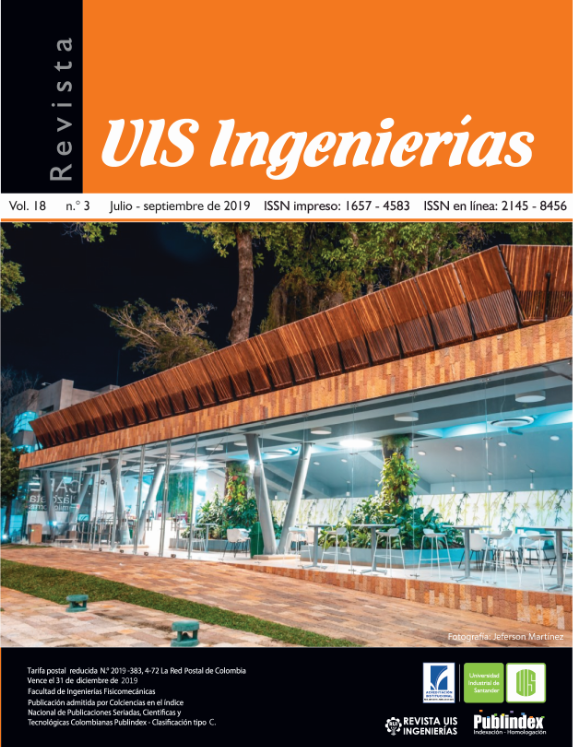Application of “design thinking” methodology in development of CNC automatic cutter for MiPyME confection factories
Published 2019-05-09
Keywords
- cnc system,
- fabric cutting,
- technologival development,
- Design Thinking
How to Cite
Abstract
Nowadays the clothing industry is facing major quality, competitiveness and productivity issues, locally and internationally; the fabric cutting process has become a critical area as to seek for to improve the marketing participation of small and medium size factories. There are spreading and cutting machines in the market; however, they are very big and expensive, hard to obtain, install and maintain. This article describes the process of development of an automated system for fabric spreading, holding and cutting using the “Design Thinking” methodology, looking to optimize the space, safety and production cost. Virtual and physical prototyping allowed us to test the preliminary ideas for the machine, using tools as FMEA and Weighted Method for Selection of Technologies, in order to concrete the final design.
Downloads
References
[2] A. Ortíz Gómez, Gerencia Financiera: Un Enfoque Estrategico. Bogotá: McGraw-Hill, 1994.
[3] Superintendencia De Sociedades, Delegatura de Asuntos Económicos y Contables, and Grupo de Estudios Económicos y Financieros, “Desempeño Del Sector Infraestructura De Transporte Informe,” Bogotá D.C., 2018. .[en linea]. Disponible en: https://www.supersociedades.gov.co/delegatura_aec/estudios_financieros/lists/sectores_economicos/allitems.aspx
[4] K. salazar ospina, M. J. C. Marquez, O. L. O. Lopez, and A. M. O. Castiblanco, “Análisis del ciclo de vigilancia tecnológica en las empresas del sector textil del centro sur de Caldas,” Sci. Tech., vol. 19, no. 1, pp. 35–41, Mar. 2014. doi: 10.22517/23447214.8705.
[5] E. Ortiz Pabón and N. Nagles García, Gestión de Tecnología e Innovación Teoría, proceso y práctica, 2nd ed. Bogotá D.C.: Universidad EAN, 2014.
[6] J. Á. Castro Cervantes and D. Contreras Hernández, “Máquina Compacta Usando Tecnología Cnc Para Impresión 3d Y Manufactura,” Universidad Tecnológica De Tijuana.
[7] D. B. Nascimento, J. Neiva de Figueiredo, S. F. Mayerle, P. R. Nascimento, and R. M. Casali, “A state-space solution search method for apparel industry spreading and cutting,” Int. J. Prod. Econ., vol. 128, no. 1, pp. 379–392, 2010. doi: 10.1016/j.ijpe.2010.07.035.
[8] C. R. Romeva, Diseño concurrente, vol. 126. Univ. Politèc. de Catalunya, 2002.
[9] D. H. Stamatis, Failure mode and effect analysis : FMEA from theory to execution. ASQ Quality Press, 2003.

